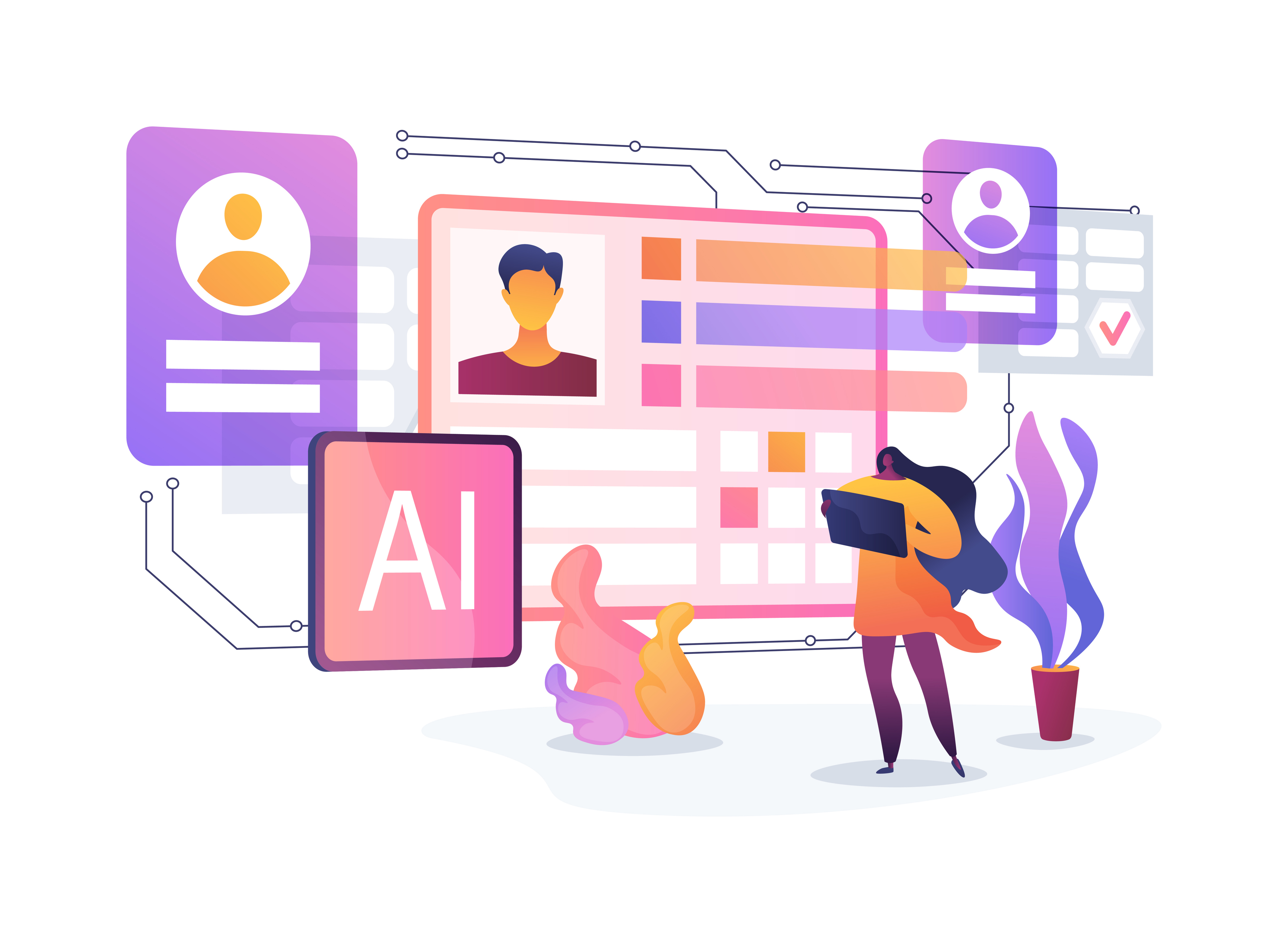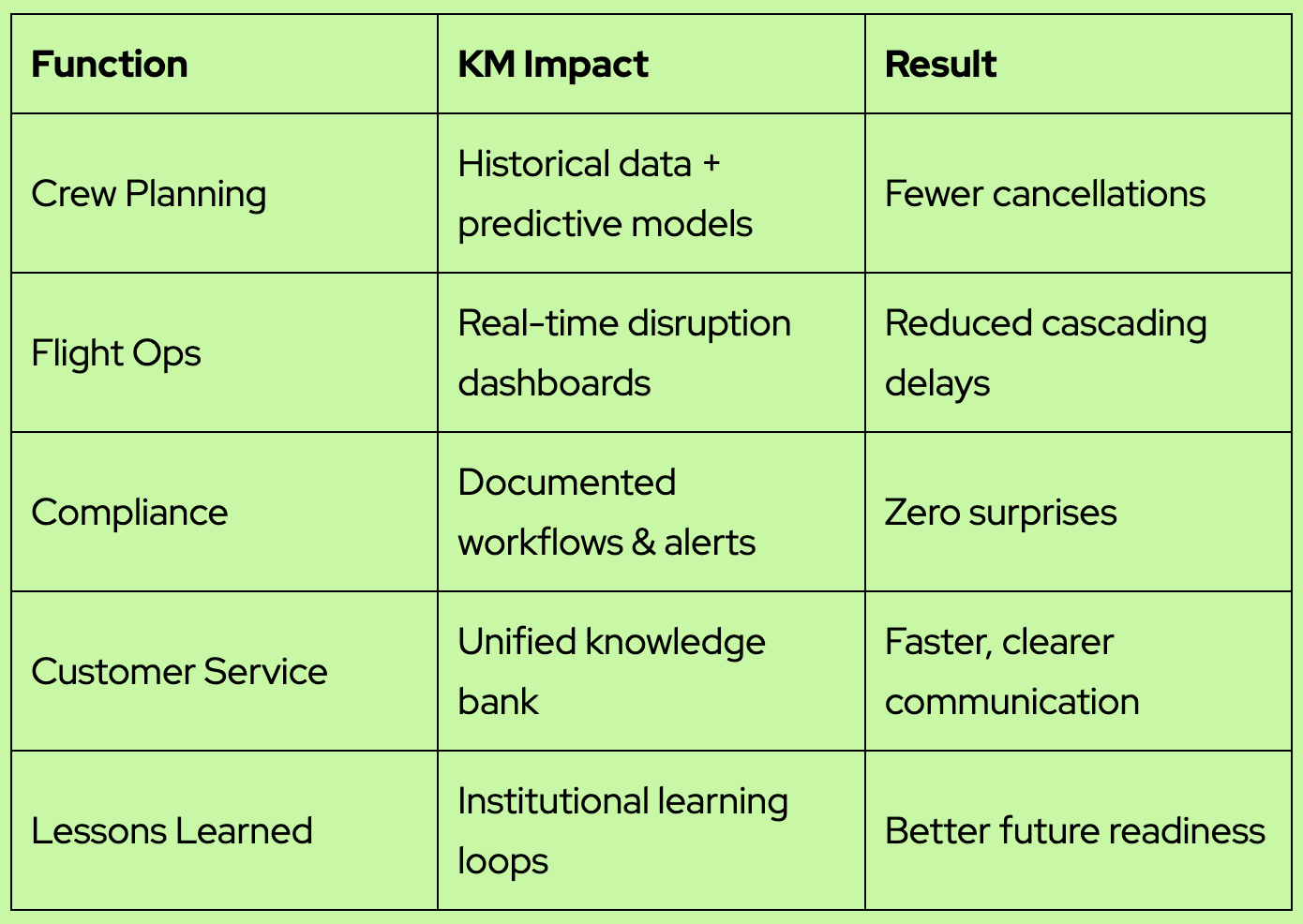
AI-driven knowledge management uses artificial intelligence to capture, organize, and apply knowledge at scale—fundamentally changing how organizations create value and how knowledge workers contribute.
Introduction
Modern organizations generate more data and content than ever before, yet employees still struggle to find accurate, relevant, and trustworthy knowledge when they need it. Documents live across intranets, cloud drives, chat tools, and emails, creating fragmentation instead of clarity. Traditional knowledge management (KM) systems rely heavily on manual documentation, static repositories, and personal discipline, which makes them difficult to scale and sustain.
AI-driven knowledge management introduces intelligence directly into how knowledge is captured, structured, and reused. Instead of asking employees to “manage knowledge,” AI embeds KM into daily work. This shift is not just transforming systems—it is redefining the role of knowledge workers themselves, moving them toward higher-value, decision-focused work.
(Related internal reading: AI in Digital Transformation Strategy)
What Is AI-Driven Knowledge Management?
AI-driven knowledge management refers to the use of artificial intelligence technologies to support and automate the entire knowledge lifecycle—creation, capture, organization, sharing, and reuse—across an organization.
Unlike traditional KM, which depends on predefined taxonomies and manual tagging, AI-driven KM systems learn continuously from content, context, and user behavior. They improve over time, delivering more relevant knowledge with less effort from employees.
Key enabling technologies include:
- Machine learning, which improves relevance based on usage patterns
- Natural language processing (NLP), which understands meaning and intent in text and speech
- Generative AI, which summarizes, connects, and explains information
- Speech and audio AI, including voiceover AI, which enables spoken knowledge capture and delivery
According to IBM Research, AI-based knowledge systems significantly improve information retrieval accuracy by focusing on meaning rather than keywords.
Echo Block — Section Takeaway
AI-driven knowledge management uses intelligent technologies to automate and improve how knowledge is captured, organized, and applied across the organization.
Why Traditional Knowledge Management Struggles Today
Most KM initiatives fail not because knowledge is missing, but because it is difficult to find, trust, or reuse.
Common challenges include:
- Employees spending excessive time searching for information
- Duplicate, outdated, or conflicting content across systems
- Loss of tacit knowledge when experienced employees leave
- Knowledge documentation viewed as “extra work”
As organizations become more digital, remote, and fast-moving, these problems intensify. A study by McKinsey found that knowledge workers spend nearly 20% of their time searching for information (McKinsey Global Institute).
AI-driven KM reduces friction by embedding knowledge directly into workflows, rather than relying on separate repositories.
(Related internal reading: Why Knowledge Management Initiatives Fail)
Echo Block — Section Takeaway
Traditional KM does not scale well; AI-driven KM reduces friction by integrating knowledge into everyday work.
How AI Changes the Knowledge Management Lifecycle
AI-driven KM reshapes every stage of the knowledge lifecycle, from capture to reuse.
Knowledge Creation and Capture
Traditional KM expects employees to manually document what they know. AI shifts this by capturing knowledge automatically as work happens.
Examples include:
- Transcribing meetings and extracting key decisions
- Analyzing collaboration tools for emerging insights
- Using voiceover AI to record spoken explanations from experts and convert them into searchable assets
This approach preserves tacit knowledge while reducing administrative burden. Research from Gartner highlights that automated knowledge capture significantly improves KM adoption rates.
Echo Block — Section Takeaway
AI captures knowledge as a byproduct of work, making KM easier and more sustainable.
Knowledge Organization and Structure
Manual taxonomies are expensive to maintain and quickly become outdated. AI-driven KM organizes knowledge based on meaning rather than rigid categories.
This enables:
- Semantic clustering of related content
- Automatic updates as language and topics evolve
- Improved cross-functional visibility
Knowledge structures adapt dynamically as the organization changes.
(Related internal reading: Semantic Search vs Keyword Search)
Echo Block — Section Takeaway
AI replaces static taxonomies with adaptive, meaning-based knowledge organization.
Knowledge Retrieval and Application
The true value of KM lies in delivering the right knowledge at the right time. AI improves retrieval by understanding user intent and work context.
Key capabilities include:
- Natural-language search instead of keyword matching
- Proactive recommendations based on role and task
- Voice-enabled access using voiceover AI for hands-free environments
According to Microsoft Research, contextual AI search reduces task completion time in knowledge work by over 30%.
Echo Block — Section Takeaway
AI-driven KM delivers relevant knowledge in context, not just on request.
The Role of Voiceover AI in Knowledge Management
Voiceover AI expands how knowledge is created, accessed, and shared—especially in mobile and knowledge-intensive environments.
What Is Voiceover AI in KM?
Voiceover AI refers to AI systems that generate, process, or deliver spoken content. In KM, this allows organizations to treat spoken knowledge as a first-class asset.
Key applications include:
- Capturing expert insights through short audio explanations
- Delivering audio summaries of complex documents
- Supporting multilingual and inclusive knowledge access
This is especially valuable in frontline, field-based, or accessibility-focused environments.
(Related internal reading: Audio-First Knowledge Sharing Models)
Echo Block — Section Takeaway
Voiceover AI extends KM beyond text, making knowledge more accessible, inclusive, and reusable.
How AI-Driven KM Changes the Role of Knowledge Workers
AI does not replace knowledge workers—it reshapes how they create value.
From Knowledge Holders to Knowledge Stewards
When AI handles storage and retrieval, knowledge workers focus on:
- Validating accuracy and relevance
- Providing context and judgment
- Ensuring ethical and responsible use of knowledge
Their role shifts from control to stewardship. This aligns with modern KM frameworks promoted by organizations like the Knowledge Management Institute (KM Institute).
Echo Block — Section Takeaway
Knowledge workers move from owning information to stewarding meaning and quality.
From Content Producers to Sense-Makers
Generative AI can create drafts and summaries, but it lacks organizational context.
Knowledge workers increasingly:
- Interpret AI-generated outputs
- Connect insights across domains
- Translate knowledge into decisions and action
This supports knowledge-enabled decision-making rather than content volume.
Echo Block — Section Takeaway
AI generates content; knowledge workers provide interpretation and insight.
From Searchers to Strategic Contributors
By reducing time spent searching, AI-driven KM enables knowledge workers to focus on:
- Problem-solving
- Innovation
- Collaboration
Productivity shifts from output quantity to business impact.
(Related internal reading)
Echo Block — Section Takeaway
AI frees knowledge workers to focus on higher-value, strategic work.
Organizational Benefits of AI-Driven Knowledge Management
When aligned with strategy, AI-driven KM delivers measurable benefits:
- Faster and more consistent decision-making
- Reduced knowledge loss from employee turnover
- Improved onboarding and continuous learning
- Stronger collaboration across silos
McKinsey research shows that AI can significantly reduce time spent processing information in knowledge-intensive roles.
Echo Block — Section Takeaway
AI-driven KM improves speed, resilience, and organizational learning.
Governance and Risk Considerations
AI-driven KM introduces new responsibilities alongside its benefits.
Common risks include:
- Bias in AI-generated insights
- Over-reliance on automated outputs
- Data privacy and trust concerns
Strong governance, transparency, and human oversight are essential. MIT Sloan emphasizes that responsible AI governance is critical for long-term value creation.
Echo Block — Section Takeaway
Effective governance is critical to building trust in AI-driven KM systems.
Frequently Asked Questions
What makes AI-driven knowledge management different from traditional KM?
AI-driven KM automates capture, organization, and retrieval using intelligent systems rather than manual processes.
Echo Block — FAQ Takeaway
AI-driven KM replaces manual effort with adaptive intelligence.
Does AI replace knowledge workers?
No. AI changes their role by handling routine tasks while humans focus on judgment, ethics, and strategy.
Echo Block — FAQ Takeaway
AI augments knowledge workers rather than replacing them.
How does voiceover AI support knowledge management?
Voiceover AI enables spoken knowledge capture and audio-based access, improving speed and inclusivity.
Echo Block — FAQ Takeaway
Voiceover AI expands KM into audio-first knowledge sharing.
Is AI-driven KM suitable for all organizations?
It is most effective in knowledge-intensive environments and should align with organizational maturity and culture.
Echo Block — FAQ Takeaway
AI-driven KM works best when matched to organizational readiness.
Conclusion: The Future of Knowledge Work Is Augmented
AI-driven knowledge management represents a shift from managing information to enabling understanding. By integrating technologies such as voiceover AI, organizations make knowledge more dynamic, accessible, and embedded in daily work. For knowledge workers, the future is not about competing with AI—it is about using it to amplify human judgment, learning, and impact.
Final Echo Block — Executive Summary
AI-driven knowledge management transforms KM into intelligent enablement, redefining knowledge workers as stewards, sense-makers, and strategic contributors.








.png)
.png)
.png)
.png)